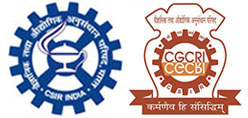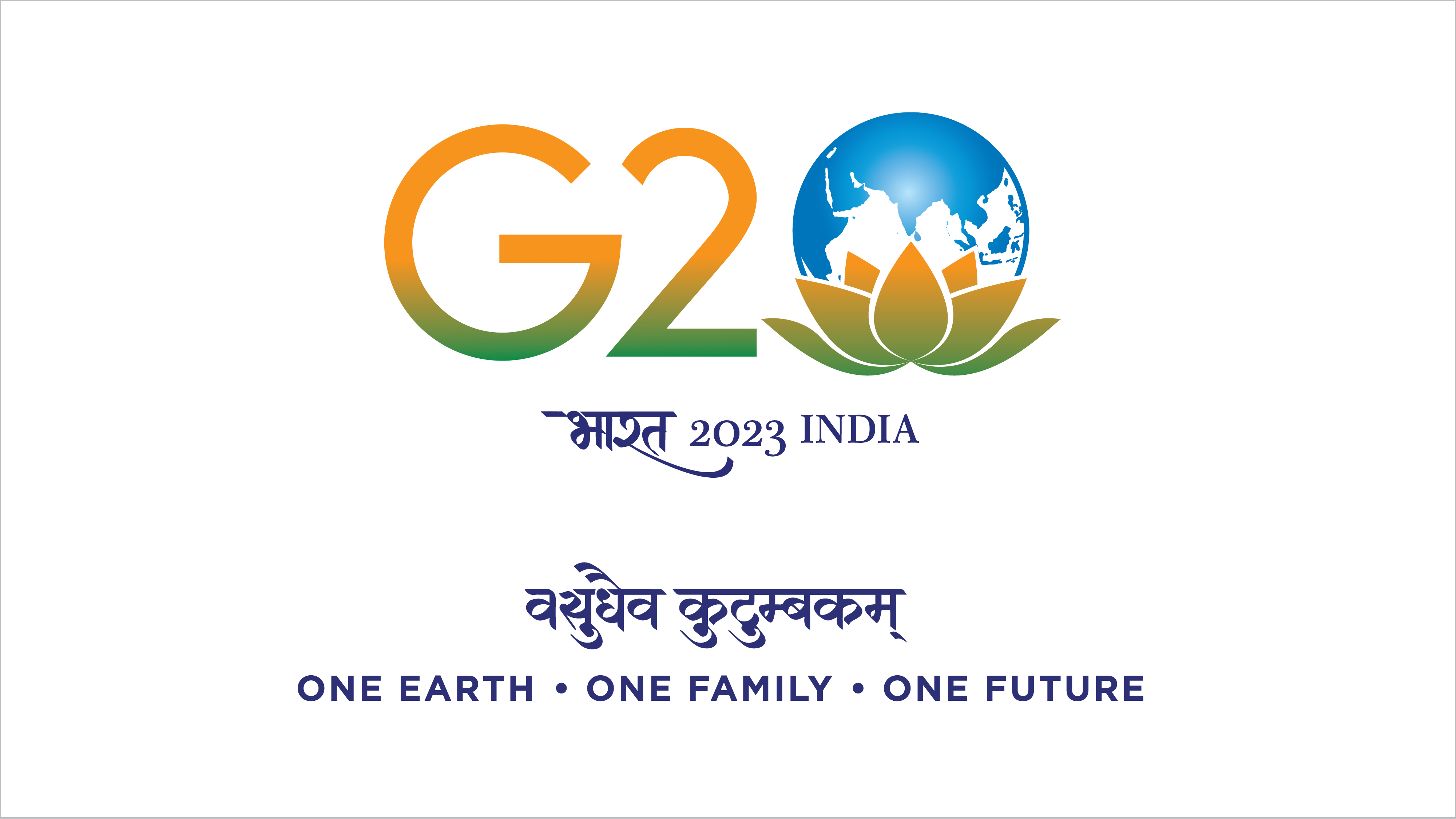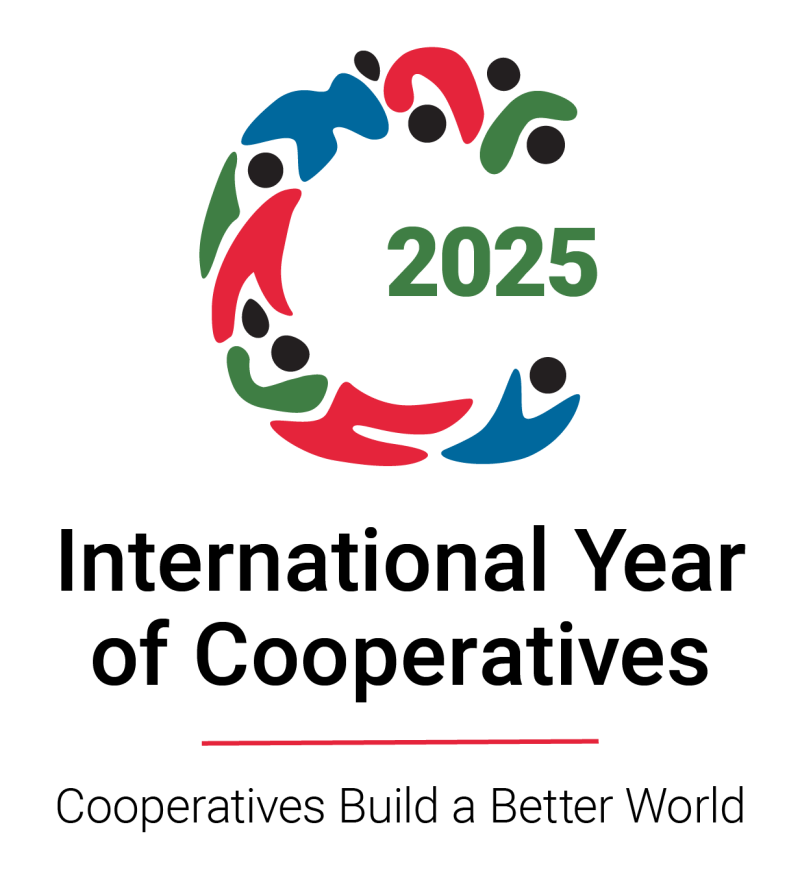English | हिन्दी

সিএসআইআর-কেন্দ্রীয় কাঁচ ও সেরামিক গবেষণা সংস্থা
सीएसआईआर-केंद्रीय काँच एवं सिरामिक अनुसंधान संस्थान
CSIR-Central Glass & Ceramic Research Institute
"Innovation in Ceramics and Glass for the mankind"
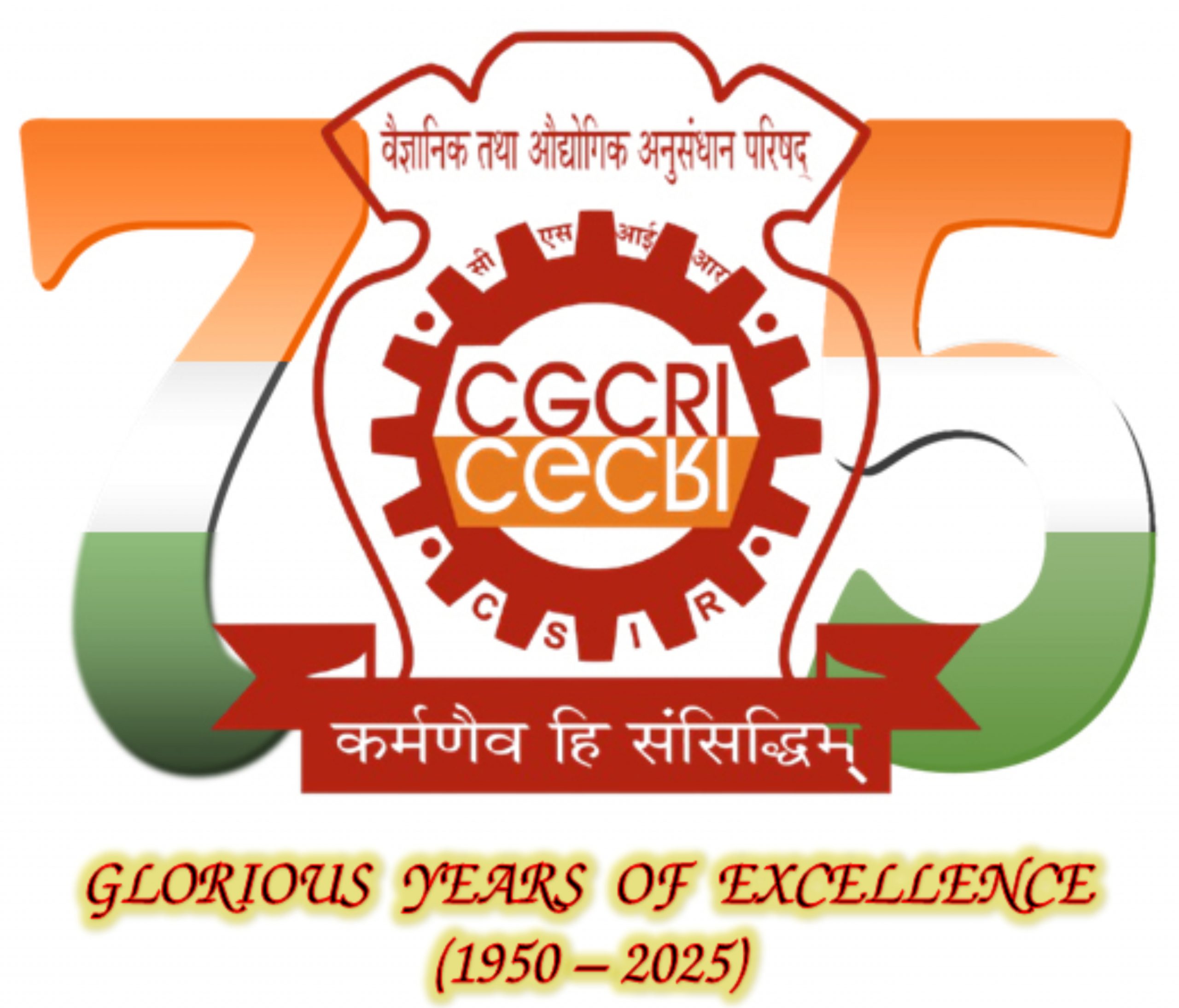
Institute Overview
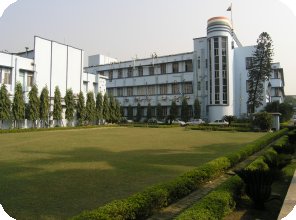 Central Glass and Ceramic Research Institute (CGCRI) originally proposed to be named as Central Glass & Silicate Research Institute is one of the first four laboratories decided to be set up under the Council of Scientific & Industrial Research, the other three being National Chemical Laboratory,Pune; National Physical Laboratory, New Delhi and Central Fuel Research Institute, Dhanbad. Even though it started functioning in a limited way in 1944, the Institute was formally inaugurated on August 26, 1950.
Central Glass and Ceramic Research Institute (CGCRI) originally proposed to be named as Central Glass & Silicate Research Institute is one of the first four laboratories decided to be set up under the Council of Scientific & Industrial Research, the other three being National Chemical Laboratory,Pune; National Physical Laboratory, New Delhi and Central Fuel Research Institute, Dhanbad. Even though it started functioning in a limited way in 1944, the Institute was formally inaugurated on August 26, 1950.
At the initial stages most of the work was directed towards identifying suitable mineral resources within the country and their suitability for specific product development. The quality control aspects in glass and ceramic received due attention and so was the work on glass forming machines and glass-lined equipment.
As a logical continuation of the work of the fifties, CGCRI’s stepping into sixties marked a very important milestone in the history of economic development of the country. Development of various types of optical glasses brought CGCRI into limelight in the international arena.
Optical glass is a strategic material used as lenses and prisms for making periscopes, binoculars, range-finders, gun-sights, fire directors, and scientific, photographic and survey instruments like microscopes, telescopes, cameras, projectors, theodolites etc. A special assignment given to the Institute by the Planning Commission was to work out the process technology for production of optical glass with a view to making the country independent of imports in respect of this material. Optical glass was produced in only a few countries of the world and its production technology was kept as a carefully guarded secret. It is indeed a matter of pride that the Institute succeeded in establishing the details of the technology including design and fabrication of the required equipment without any foreign collaboration. The Institute’s pilot plant with an annual capacity of 10 tonnes went into production in 1961.
Besides the development of optical glass the work on introduction of modern techniques in glass and ceramic, basic studies on generation of colour in glasses, evaluation of different minerals of the country such as clay and mica fortheir suitability in specific uses, development of high temperature combustion boats are some of the important activities during the decade (sixties).
In tandem with the main stream of research in various fields in India, CGCRI also carried out what could be termed as ‘defensive research’ – an emphasis on import substitution. But the research planners at CGCRI had the capability to see the future. Immediately after the development of optical glass in early sixties, the seventies witnessed the initiation of the development of laser glass, infra-red transmitting filters, synthetic quartz single crystal, high temperature protective enamels, high alumina ceramic seals and spacers. All these carry the testimony of CGCRI’s ‘aggressive’ research in an endeavour to be a leader in glass and ceramic research. To this list, research work on foam glass, glass bonded mica, steel plant refractories were added keeping in mind the need of Indian industries.
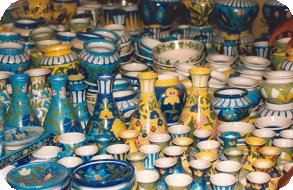 Stepping into eighties was an important landmark in the history of CGCRI. In this decade CGCRI started work on a number of fields, some of which were even in nascent stage in international arena. Work in the field of optical fibre for telecommunications, sol-gel processing of glass and ceramic materials, production of glass fibre based composites and application of ceramic materials in electronics were initiated during this period. Some of these activities have placed CGCRI in the global map in their respective areas.
Stepping into eighties was an important landmark in the history of CGCRI. In this decade CGCRI started work on a number of fields, some of which were even in nascent stage in international arena. Work in the field of optical fibre for telecommunications, sol-gel processing of glass and ceramic materials, production of glass fibre based composites and application of ceramic materials in electronics were initiated during this period. Some of these activities have placed CGCRI in the global map in their respective areas.
During this period a renewed emphasis was given to the service of the small-scale sector as well as rural pottery through the use of village level artisans. In order to serve the local industrial clusters, the Institute established two extension centres at Naroda (Gujarat) and Khurja (UP) with the partial financial assistance from the respective state Governments. In both the cases the local industries have been significantly benefiting in introducing new technologies as well as upgrading the existing technologies.
The know-how generated by CGCRI for production of potteries based on locally available clay in Bankura (WB) district came as a boon to the local artisans and led to the establishment of the Ceramic Centre for Rural Development, Pachmura, Bankura. CGCRI scientists were involved at every stage of technology development, training of artisans, upgradation of quality of products and thus enabled local Zilla Parishad to run the centre on a commercial basis with the participation of local villagers.
In nineties, the frontier fields on which CGCRI started work in the previous decade were in demand by the Indian industries. In this decade, the Institute started R&D work and given major emphasis in the three major sectors namely National security or strategic, Industrial development (primarily small & medium scale industries) and societal activities covering some of the well defined problems of national importance such as Energy, Water, Health Care, Communication and Instrumentation. Recently, CGCRI concentrated in formulating several major programme under the 11th Five Year Plan of CSIR. Some of the programmes covered under this plan are: Supra Institutional Project on Ceramic Materials for liquid and gas separation technology, Network project on Nano materials, photonics for Communications, High power microwave tubes etc.
Last Updated on February 3, 2020
